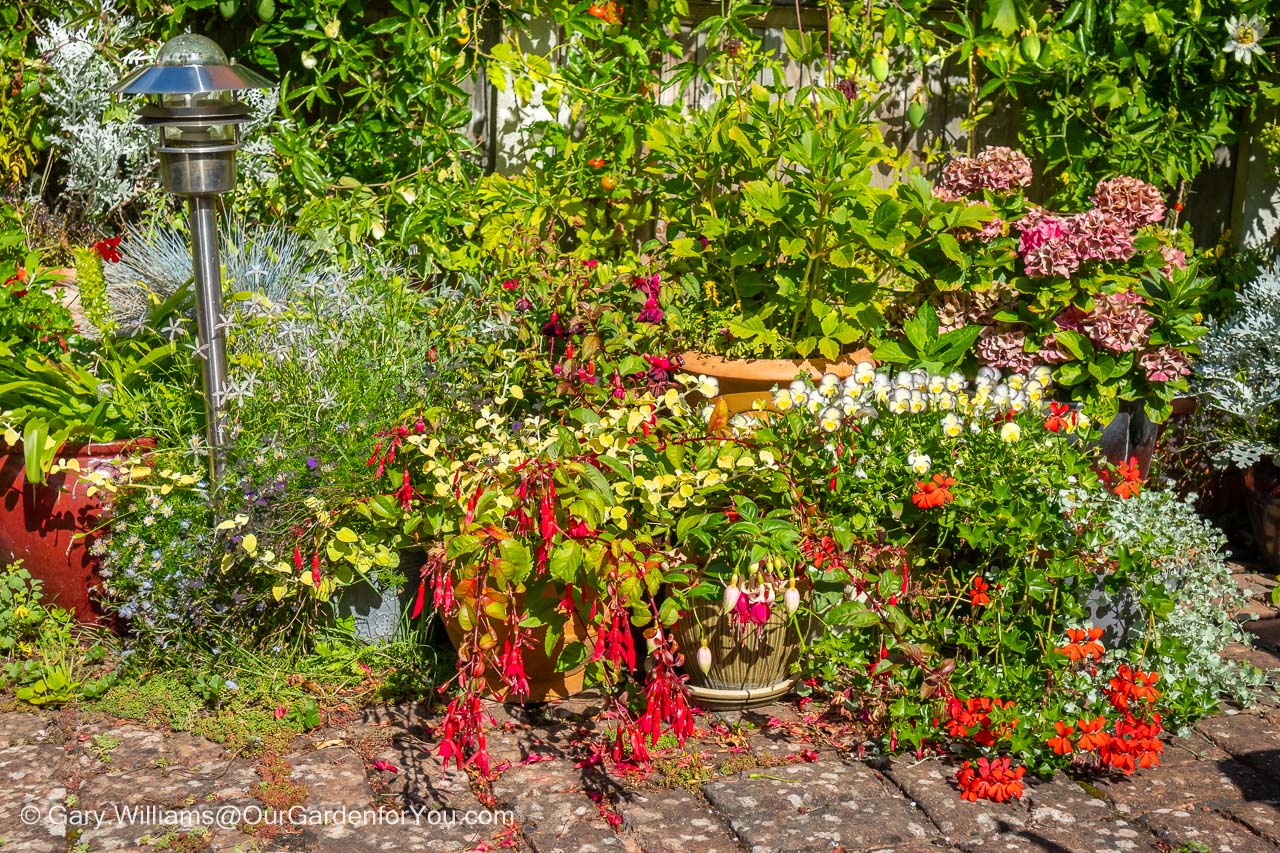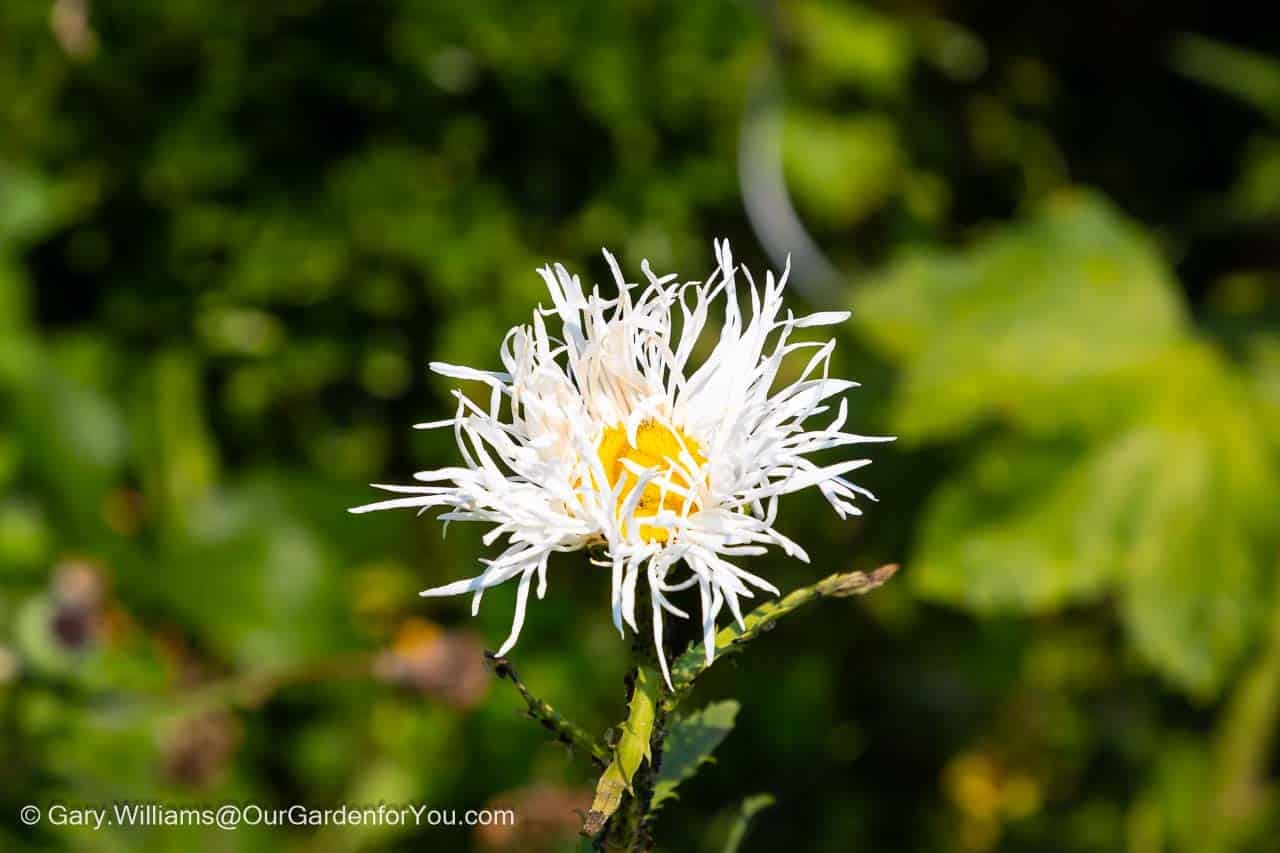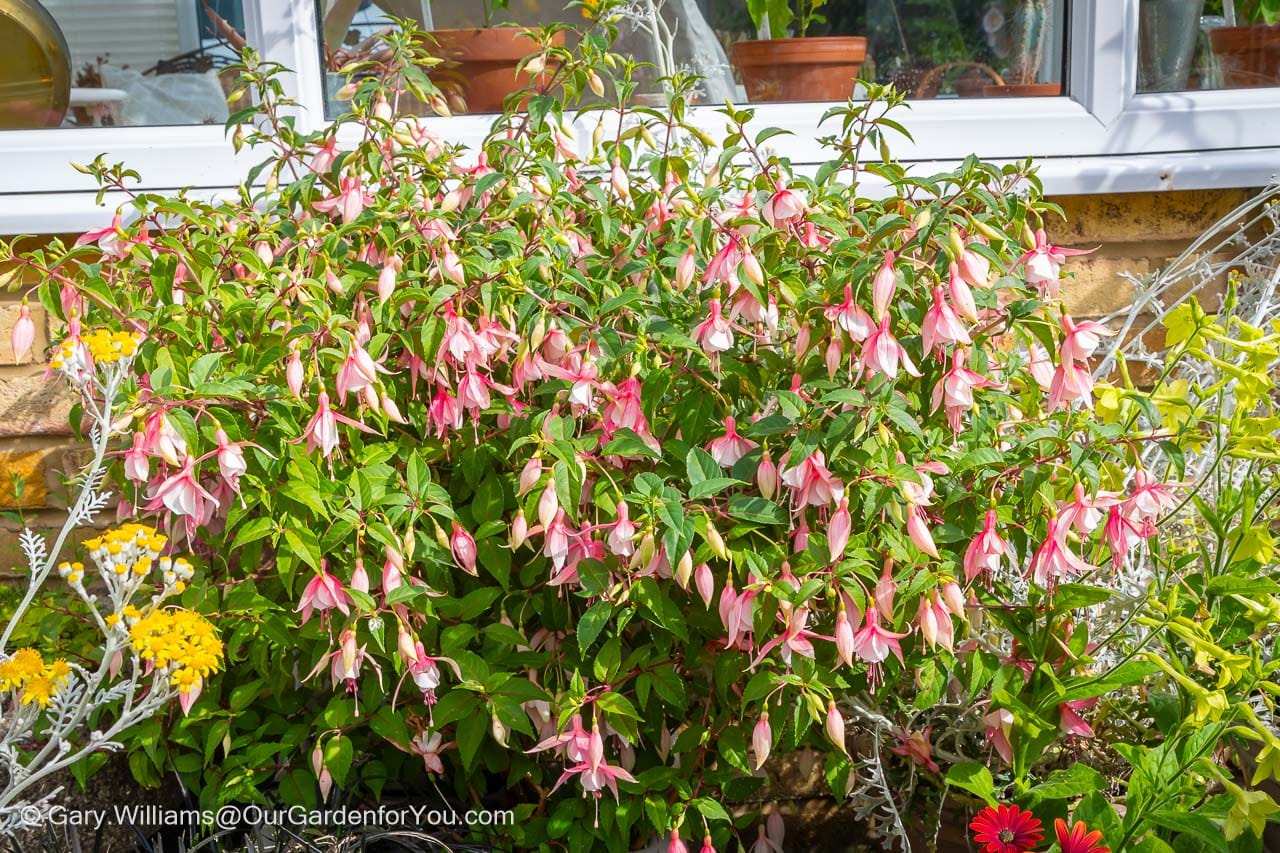Some TLC was undoubtedly required
Over the last few years, our focus has been on creating and nurturing our travel website, ‘Our World for You’. So, unfortunately, our English country garden in Kent has been a little neglected and looking a bit sorry for itself.
We moved into our village home around 23 years ago.
We jumped from a modern one-bedroom flat with no garden whatsoever to a detached Victorian house with a reasonably large garden.
The challenge of taking on a high maintenance country garden should have rung alarm bells, but hey! Perhaps in hindsight, we should have considered that we’d only previously kept herbs on a windowsill.
Pinterest?
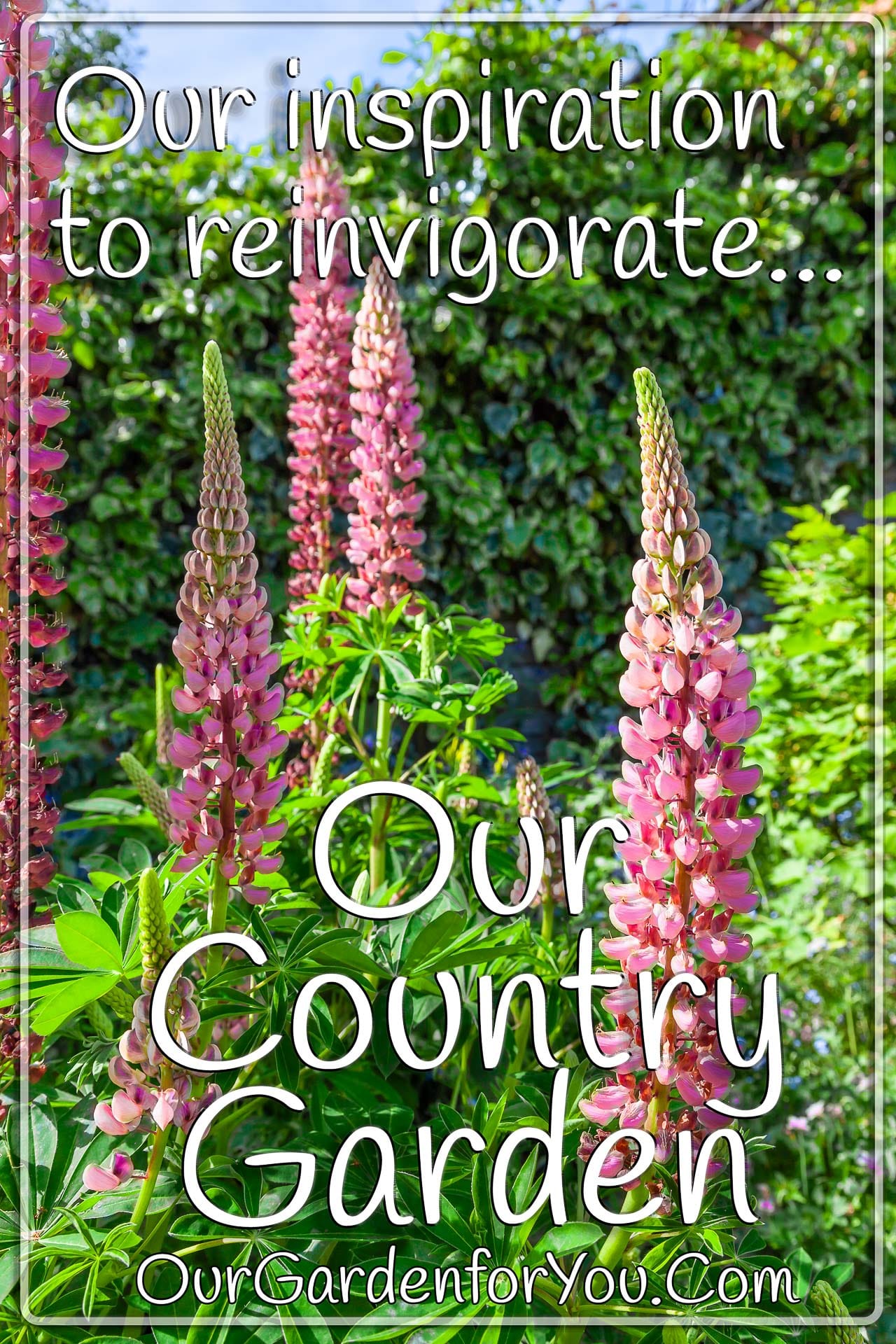
Surely it wasn’t that bare
Then spring arrivedFast forward a couple of decades, and we were searching for renewed creativeness to inspire us and kick-start a vision of how each individual plot in our garden could flourish.
We’ve accumulated quite a few photos of the garden over the years, starting from the first few months when we became the green-fingered guardians to the present day. So, we decided to browse through the collection from the beginning.
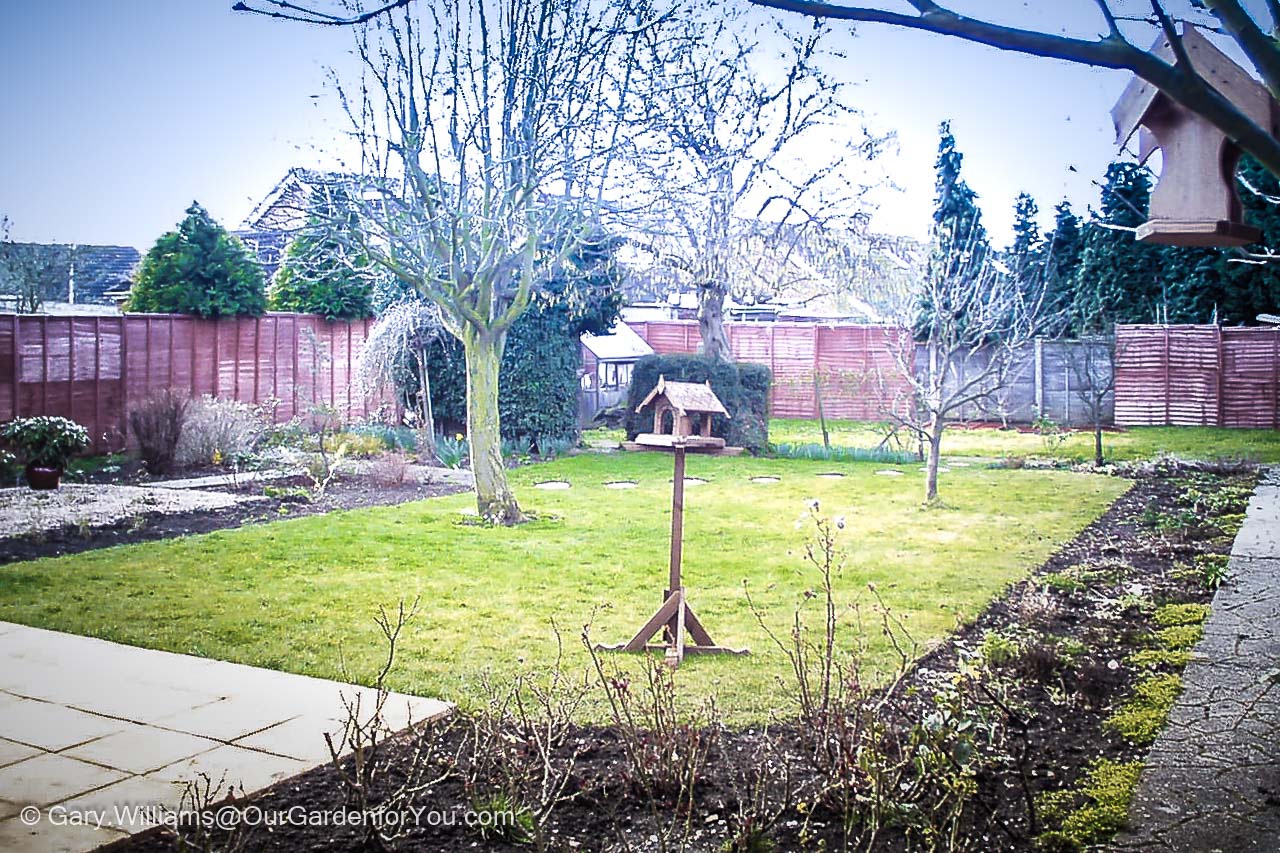
Oh my, I can honestly say that if we didn’t have the photographic evidence of how it looked when we arrived in 1999, I would never, in my wildest dreams, have remembered how empty the garden was.
Here lies our first mistake; we should never have assumed that the dormant flower beds were empty. So, as winter turned into spring, all the leafy green shoots were nuzzling their way through the soil to the sunshine and blue skies above, and within a few months, it looked so different.
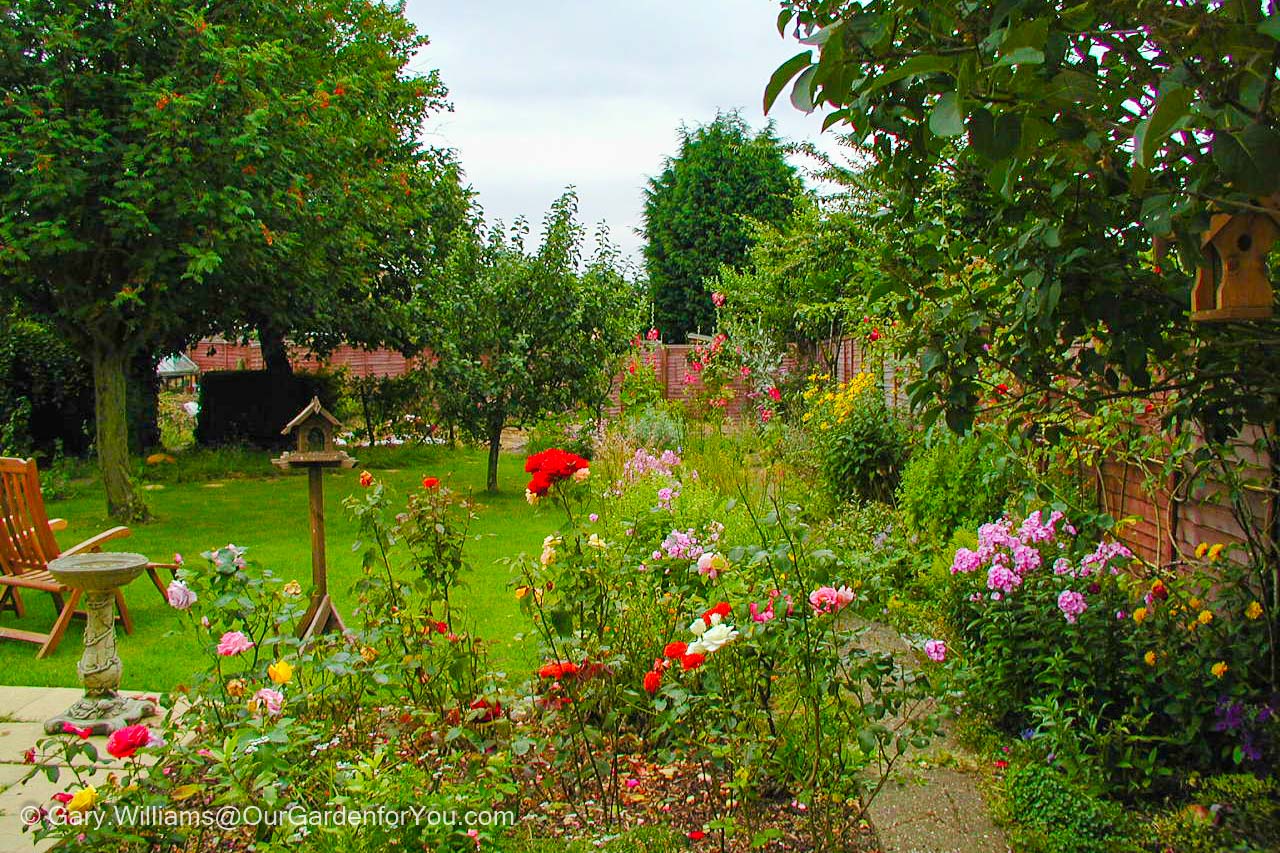
The mission should you choose to accept it
Smaller chunks are the key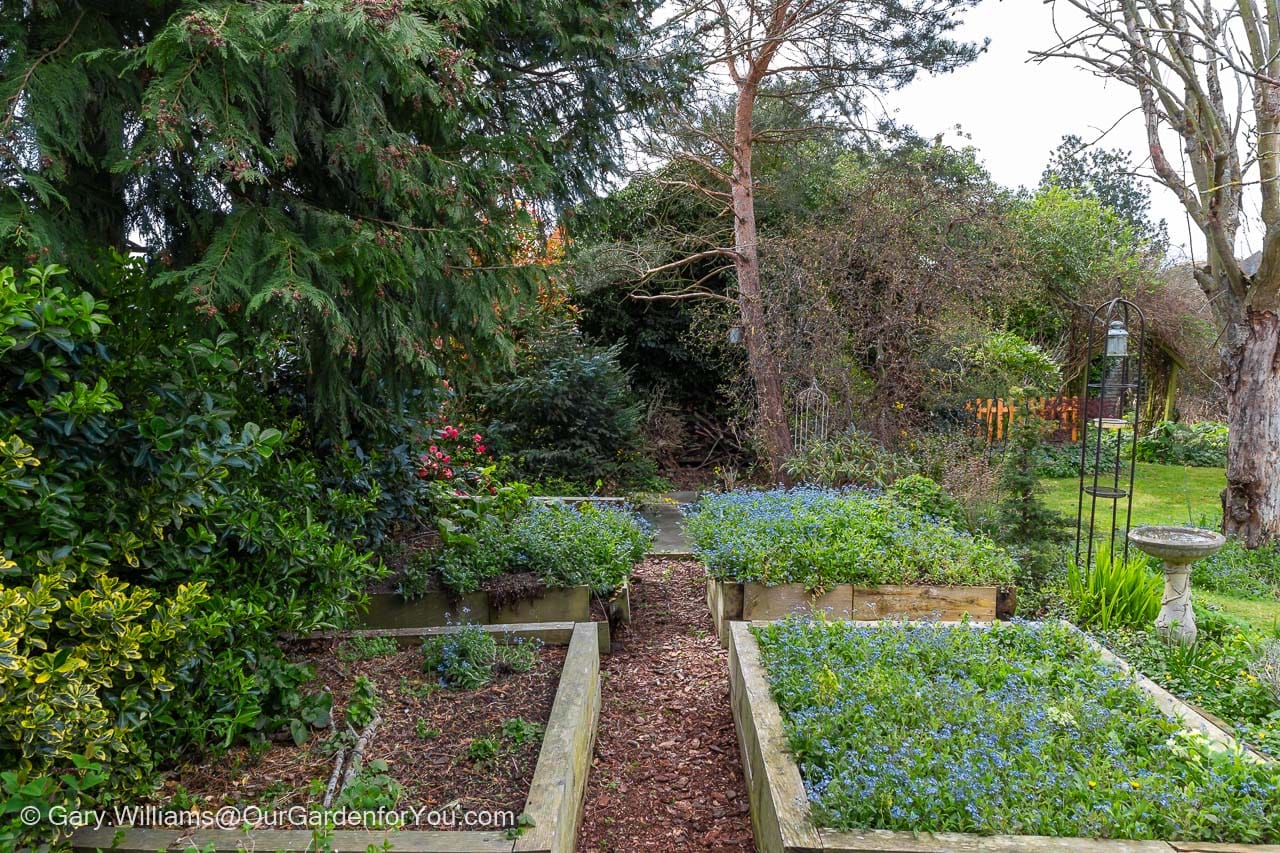
Well, we’ve decided to figuratively break the garden down into smaller chunks and sections, which I’ll introduce to you in a separate post. This will help us create some structure and organisation in the unruly garden and allow us to manage it better.
It has got to the point where it has become a pretty daunting project, and if I imagine it as mini gardens, it helps. Otherwise, it is no longer a pleasure to maintain it, and it will quickly become too overwhelming.
Where do we start?
It’s time to be braveWe flicked through the older photos of our garden, and you quickly forget how colourful and pretty it has been; we need to bring the zest back again.
One of the plans for 2022 is to re-establish the beauty and fragrance of an English cottage garden. Giving height and structure and degree of hap-hazard planting but at the same time thoughtful planning.
I’ve been rummaging through our gardening books and always find that the RHS books are really helpful and offer some fantastic advice. If you’re planning out your garden, take a peek at the RHS Encyclopedia of Garden Design.
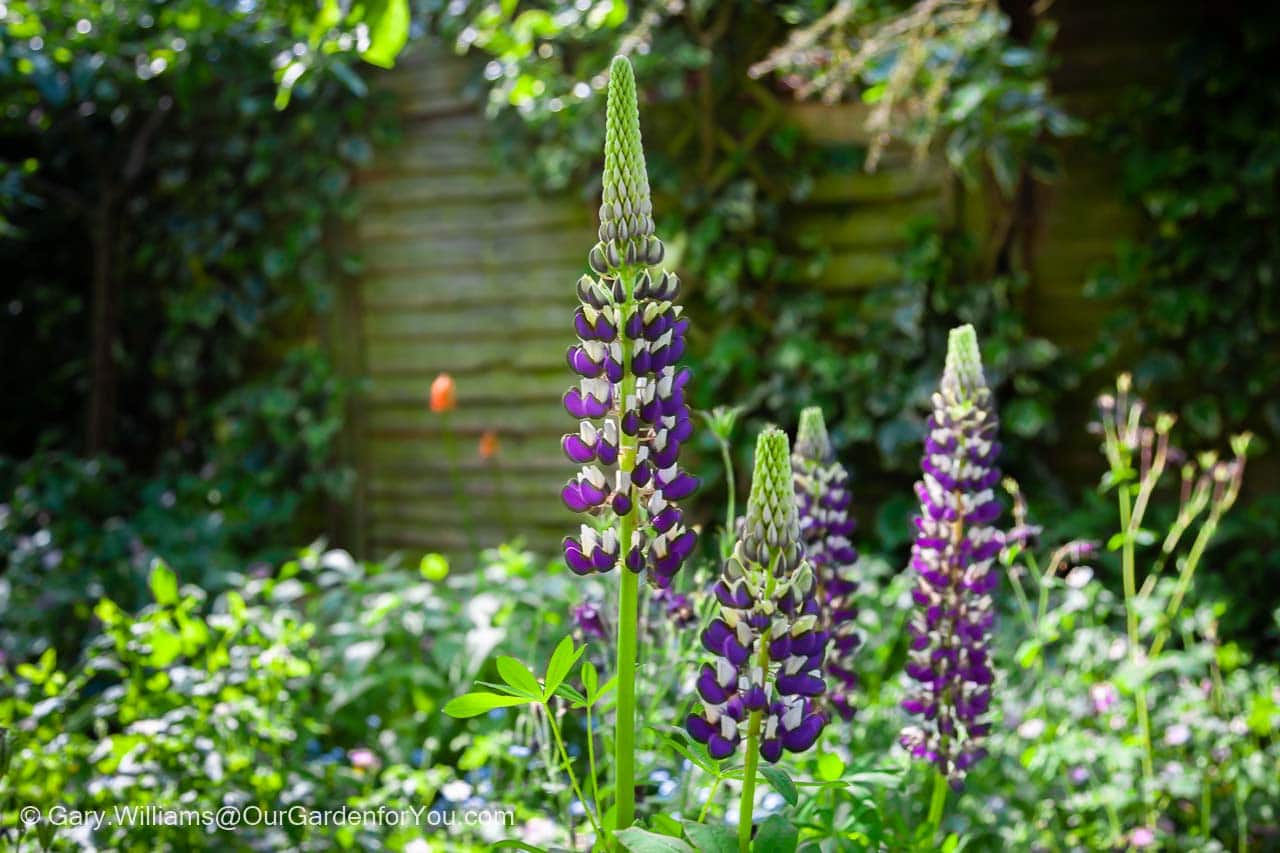
At the moment, we have some species of plants that have self-seeded and are taking over certain sections of the garden. Geraniums are springing to mind, Elephant Ears, Hellebores and Hollyhocks. We need to minimise these or re-home them.
A couple of other plants that love our garden are Primroses and Forget-Me-Nots. I have a bit of a soft spot for Forget-Me-Nots, so it’s incredibly difficult being ruthless with these.
From seed to the garden
Introducing instant colour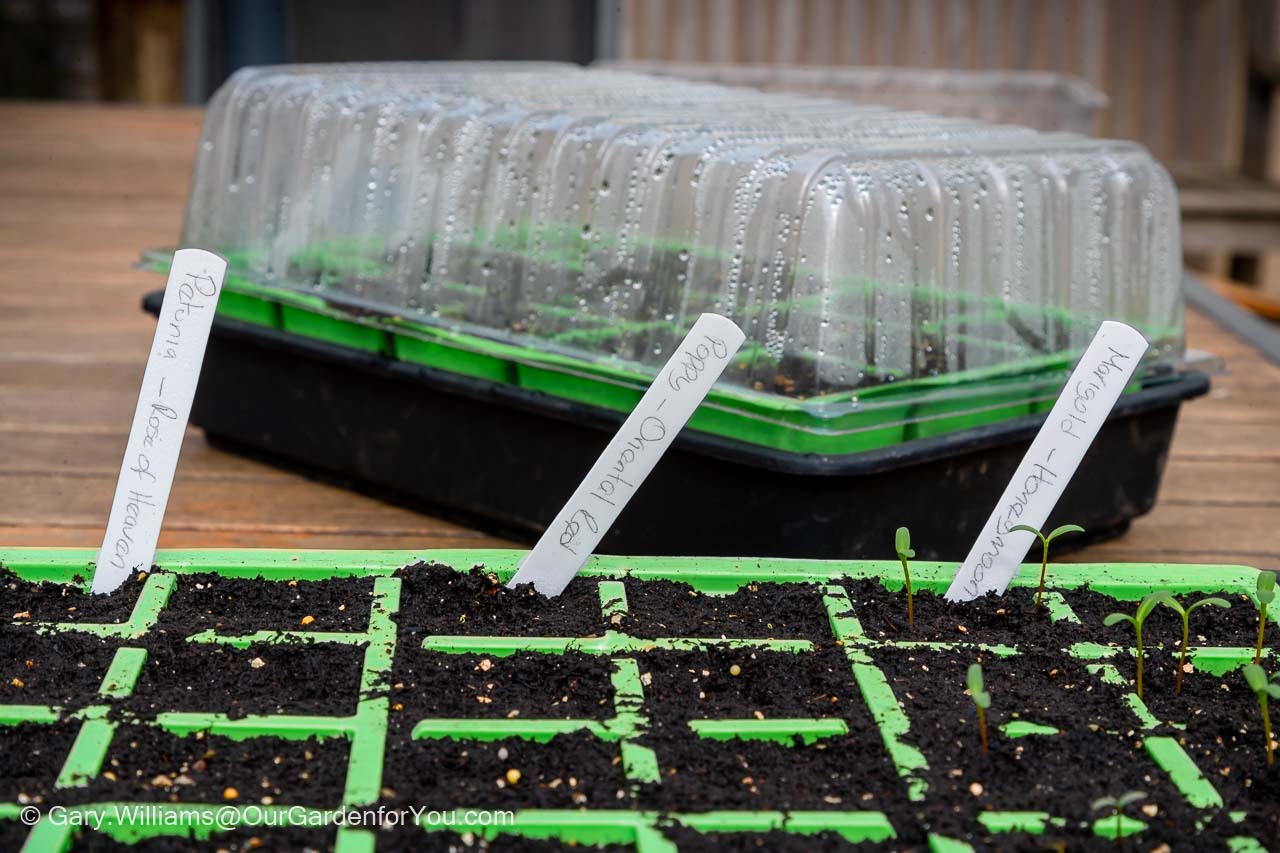
I’ve germinated some Lupins, Foxgloves, Cornflowers, Dahlias, Hollyhocks, Poppies and Sunflowers, to name just a few. You never know; the Sunflowers may surprise me, and we’ll see their golden heads bobbing in the sunshine.
As my seeds are in their infancy, I’ve purchased some plants to give colour this year. However, I’m going to need more, as the section we’ve allocated to our English country garden is quite large.
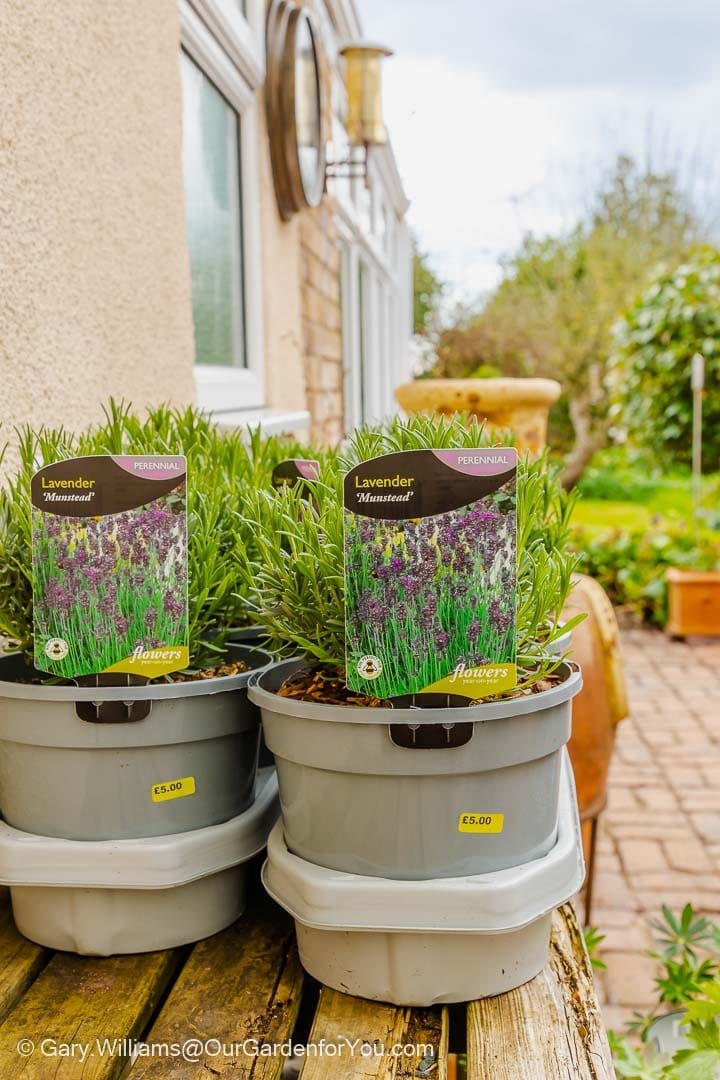
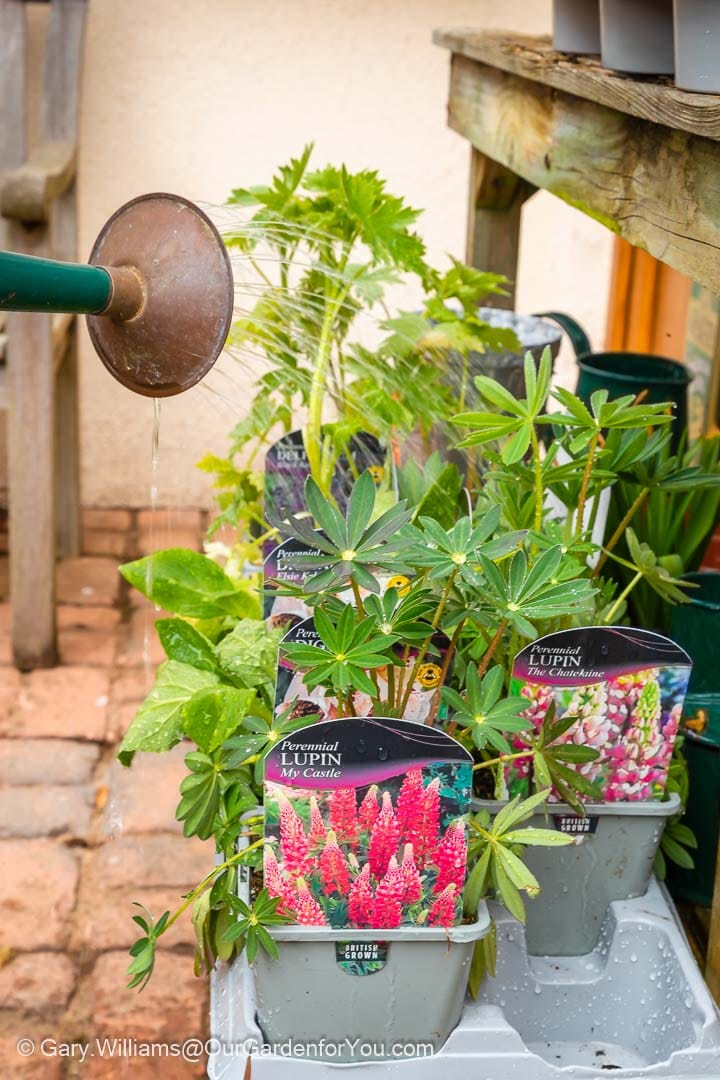
So far, from our visits to the local garden centres and nurseries, I’ve bought a few varieties of Delphiniums, Lupins and Foxgloves. These will be grown at varying heights for blending through the beds, but there will certainly be more.
We’ve recently found a fantastic nursery near us; it’s the Wood Cottage Nursery and such great value, we will be returning.
Our English country garden plot will undoubtedly be a case of ‘watch this space’ as we take battle and see who wins. Also, how many arguments did Gary and I have along the way.
* This post may contain links to affiliated sites where we earn a small commission at no additional charge to you.
